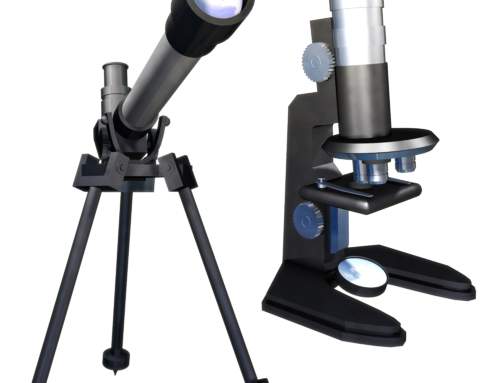The single biggest mistake we sales people make is talking too much too early in the sales meeting. When we make this mistake we skip completely over the discovery process and pay for it later when trying to handle objections and close the sale.
During the discovery process the customer shares the challenges their organization faces and the goals they must achieve to ensure business success. With this understanding, we can present a solution that helps the customer overcome their challenges and achieve their goals to make their business more successful. Understanding this information helps show the customer why the cost of the solution is a value in relation to the challenge the customer faces. This approach makes objection handling and closing much easier.
Discovery is a sales conversation in which the customer is doing most of the talking (we can’t discover when we are talking). This is often difficult to accomplish for two reasons:
- The customer doesn’t want to share this type of information
- We talk too much and the customer doesn’t have the opportunity to share.
The most common mistake that prevents the customer from sharing information is the sales rep. One reason is that we are chatty people. We get excited about how our solution can help the customer and we start telling them all about it.
If we aren’t naturally chatty people and we don’t make that mistake, we often run into a customer that isn’t inclined to talk a lot so as soon as there is awkward silence we and start talking about our solution.
Using the PIB to start the sales conversation helps encourage the customer to share and puts up a roadblock to discourage the chatty sales representative from talking too much at the beginning of the sales call.
PIB is an acronym for Purpose, Invitation Question, and Benefit.
As you finish up the small talk and are ready to transition into the business dialogue, begin that transition with the PURPOSE of the meeting – “I brought you some information on our document shredding services.”
Next ask an INVITATION question which invites the customer to start talking about the area you need to explore. “Before I get into that can you share with me how you currently handle document destruction, in light of all the focus on information security?” Make sure your question is open-ended and will generate a conversation.
Because the customer expects you to do the talking, or may be reluctant to share, give them a BENEFIT of answering the question. “Then I’ll focus on the aspects of our document shredding services that will be of most interest to you.” The customer is more likely to open up if they understand it will benefit them by allowing you to tailor your presentation to their specific situation.
Opening a conversation this way is considerate and polite. It also is the best way to get the customer to share what is going on in their business which greatly increases the chance we can help them. State the purpose of the meeting; ask an invitation question that generates a conversation; let them know that based on the information they provide you will focus on what’s most important to them – then shut up and listen. This approach is more effective than talking and both you and the customer will enjoy the meeting.






